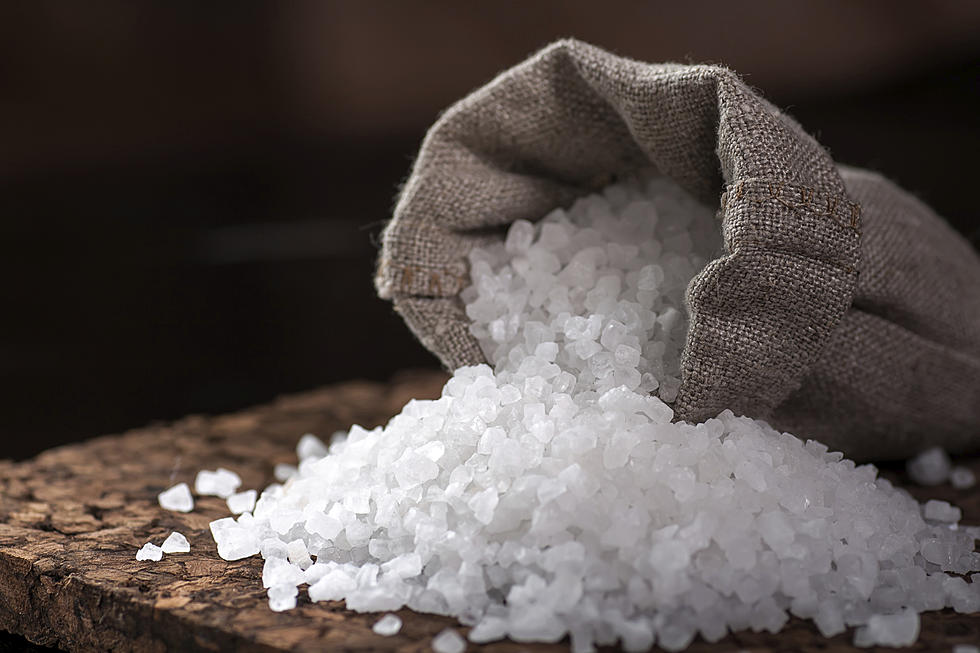![Drinking Water Affected by Winter Runoff [AUDIO]](http://townsquare.media/site/394/files/2014/04/RS1368_80619369-scr.jpg?w=980&q=75)
Drinking Water Affected by Winter Runoff [AUDIO]
Following a brutal winter in New Jersey, many residents may be noticing a salty kick to their drinking water.
What they're tasting is the aftermath of the tons upon tons of salt that were spread on the state's roadways prior to and during each snow event over the past few months. Rain and melting snow have washed the salt away, but much of it has crept into nearby reservoirs and infiltrated the local drinking supply.
"We have seen an uptick of sodium levels in our drinking water this year, perhaps three to four times greater than the summer average," said Steve Goudsmith, director of communications for United Water New Jersey.
Explaining why this past winter has caused a bigger issue than normal, Goudsmith pointed to 18 snow events in the northern region of the state. He said "salty drinking water" isn't as much of a concern in southern New Jersey, where groundwater systems are generally protected from salt intrusion.
Through March 19, the state Department of Transportation spread 489,000 tons of salt, compared to 258,000 tons during the winter of 2013.
For the average customer, there are no restrictions in place. The amount of salt in a standard serving of water is equivalent to the amount of sodium in a can of diet soda.
However, those placed on a low-sodium diet may want to speak with their personal physician.
Goudsmith said the saltiness will "dissipate over time."
"Annually, we see the sodium levels coming down once we reach mid-spring, and they return to their standard averages once we get into summer," he said.
More From 92.7 WOBM




![Bill Would Improve NJ’s Water Infrastructure [AUDIO]](http://townsquare.media/site/385/files/2012/07/480504_10151015852859593_828656950_n.jpg?w=980&q=75)




